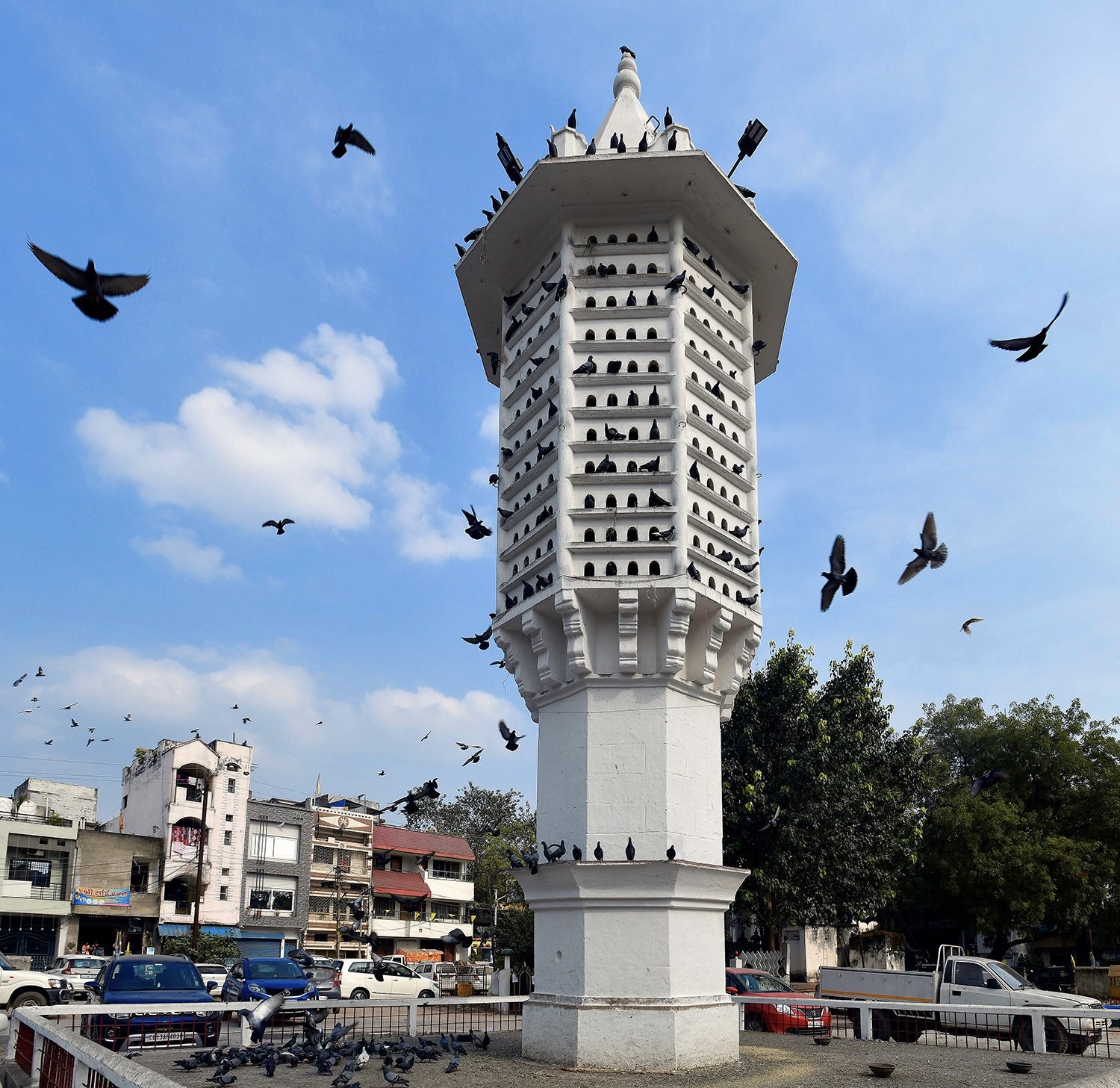Today pigeons have become a menace and a health hazard in most parts of the world. The pigeons, originally from hilly habitats, now are city dwellers.
We have heard many stories of people migrating to a far-away place and leaving behind an indelible mark in unknown territory. It would generally be a businessman or a social worker. Shyamji Gangji Sawariya is one such person. The name would ring no bell, but if we know his background, we will hail him and hate him, maybe, in equal measure. Let's find out why...
Usually placed in the central squares of historic towns, mohallas, as also in the openings and junctions of the streets, these decorative structures belonged to the community and all people for both use and maintenance. These landmarks on elevated platforms were embellished structures supported usually on a single pillar and were primarily made of timber and sometimes stone and bricks.
What were these structures? They were Pigeon Houses (Kabutarkhanas), and one of the architectural traditions was ushered in by Shyamji Gangji Sawariya. Shyamjibhai, who hailed from a Gujarati family from Kutch, settled in Raigarh sometime in the 1890s. He ventured to Raigarh as a railway contractor for the Howrah-Bombay line and became very successful. He made several significant structures in the town, such as Moti Mahal, Badal Mahal, and Circuit House, developing a style that reflected a remarkable aesthetic quality through the brackets, arches, railings and other architectural features.

Moti Mahal
His wife, who was very fond of pigeons, deceased early. Hence in 1946, Shyamji built the Kabutarkhana in memory of his deceased wife. The octagonal, ten-rowed pigeon-hole structure in stone and lime is supported on stone brackets emerging out of a central pillar 5’6” high that stands on an elevated platform. He named Bhandi Bai Tower, which became famous as Kabutarkhana of Raigarh. It is a fine example of bird feeds outside of Rajasthan and Gujarat, where the tradition of dedicating such structures for the use of the community is common.
Love him or hate him; we can't ignore Shyamjibhai. Unfortunately, not a single photo is available on the internet.
@ Yeshwant Marathe
yeshwant.marathe@gmail.com
Thanks, Prashant Naik for inputs

